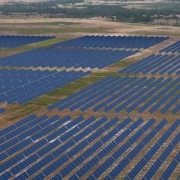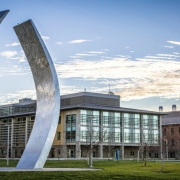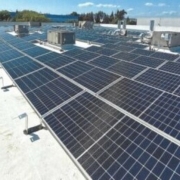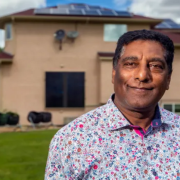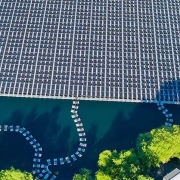A solar power firm has reported record demand from farms as the price of electricity has risen.
MyPower, based in the Cotswolds, has installed 27,000 panels in the past year, up from 7,000 in the previous 12 months.
Its managing director Ben Harrison said he believed energy price increases were behind the dramatic sales growth.
“Farms are facing rising electricity bills, and making your own power can help reduce that impact,” he said.
Adam Henson was their most recent customer.
Click here to read the full article
Source: BBC
—
If you have any questions or thoughts about the topic, feel free to contact us here or leave a comment below.


